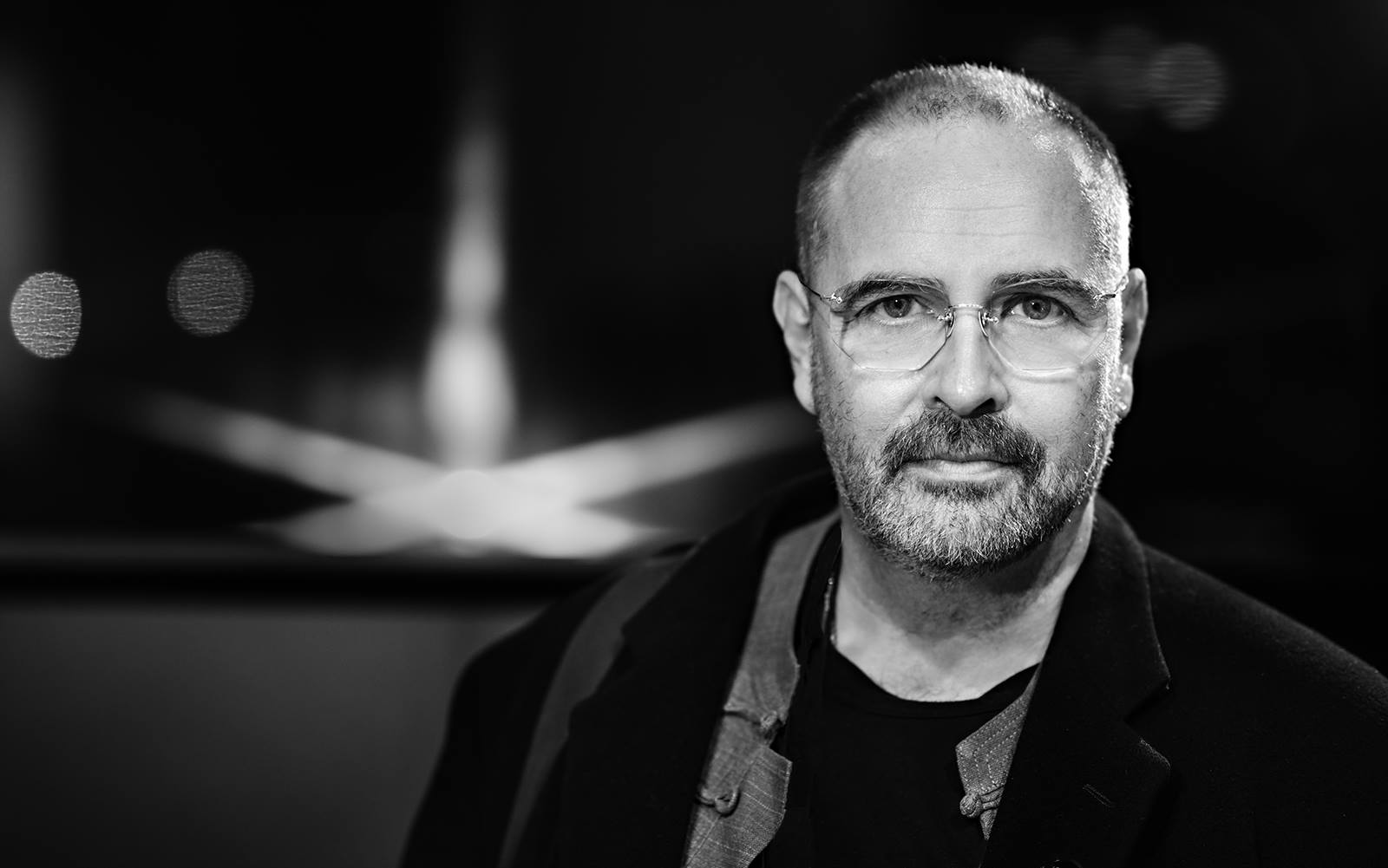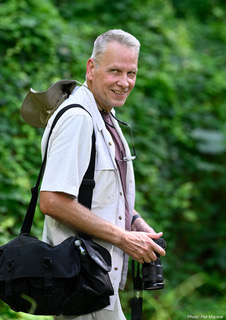Workshops
Master the tools and techniques needed to create stunning prints of your work that will stand the test of time and look great in exhibitions, galleries, or on the walls at home.
Dates:
Oct 21, 2024 - Oct 25, 2024
Levels:
Advanced,
Master,
Workshop Fee: $1995 (Includes printing materials & supplies)
Workshop Duration: 1-week (Monday-Friday)
Workshop Location: On-campus
Class Size: 8
“The greatest photographers tend to be the greatest printers. But the greatest printers are not necessarily the greatest photographers” — Ansel Adams
From the beginning of my photographic journey, I was taught that the best photographers were also the best printers. The reason was this: the best photographers understood and experimented with all that was possible in the darkroom while being aware of the inherent limitations of the process and developing ways to exploit those limitations into advantages.
The eye always eclipses technique, but an eye without technique yields little of the artist’s voice. All decisions about a final print are best made at the point of capture, and all decisions are informed by your understanding of the print and how to prepare a file worthy of printing.
Guided by Vincent Versace and Jimmy Andruszkewicz, the goal of this workshop is to teach you how to produce fine-art prints that are true to your vision and display the full range of tones, colors, and details in your images. The focus on fine-art printing is critical for photographers who are serious about their craft and want to create prints that will stand the test of time.
In a digital world where images are often seen only on screens, possessing the ability to produce high-quality prints that showcase your work is essential. The techniques learned will help you create prints that look great on the walls at home, in exhibitions, or in galleries. These skills will also give you a competitive edge when entering photographic contests.
You will explore software tools for correcting color casts and employ adjustment layers for precise control. By using Epson inkjet printers, with color and black/gray ink combinations and both coated and fine-art rag papers, these workflow considerations will allow your artistic voice to resonate through your printed images.
By the end of the week, you will have mastered all the key techniques and sharpened your understanding of the importance of color management and custom profiling, which ensures the colors in your prints match your original images and look the same on different monitors and in different lighting conditions. You will have a solid understanding of fine-art digital printing and the tools and techniques needed to create stunning prints of your work.
Students will practice print techniques on 4 different papers. All papers for the class are 13″ x 19″. Ink and up to 40 sheets of paper are included in the course tuition.
Course requirements
Students should have basic Photoshop skills prior to registering for this workshop.
This Workshop is Sponsored by:
DxO is internationally renowned as one of the most cutting-edge brands in the photography sector, and its story has been punctuated with a long list of major technological innovations. Visit dxo.com to learn more.
Share This

Instructor: Vincent Versace
Vincent Versace is an internationally recognized pioneer in the art and science of digital photography. His passion for natural light photography is manifest not only in his work but also through his role as a creative and technical leader, contributing to innovative breakthroughs across the entire digital image value chain.

Instructor: Jimmy Andruszkewicz
Jimmy Andruszkewicz (Jimmy A-Z) is a Landscape/Street Photographer, who also provides services in digital photo instruction and printing.
After graduating from New York University’s Tisch School of the Arts’ Photography Program, Jimmy was fortunate to work as Studio Manager/First Assist for the eminent photographer Neal Slavin. Neal’s tutelage provided a firm foundation for large productions carried out both in studio and on the road, employing all camera formats from 35mm up to Polaroid’s 20x24 camera.
He eventually moved on to work as a Civilian Photographer in the Photographic Section of the New York City Police Department, which encompassed both field assignments and darkroom responsibilities. During this time, he joined the uniformed ranks of the NYPD. After the obligatory time in the street, he was able to return to the Photo Section as a Police Officer.


